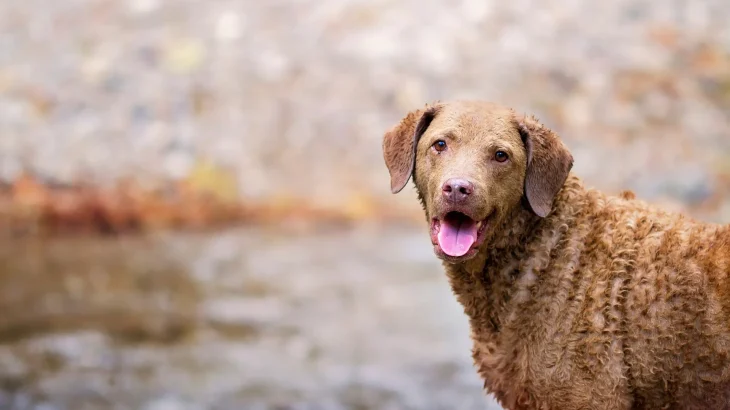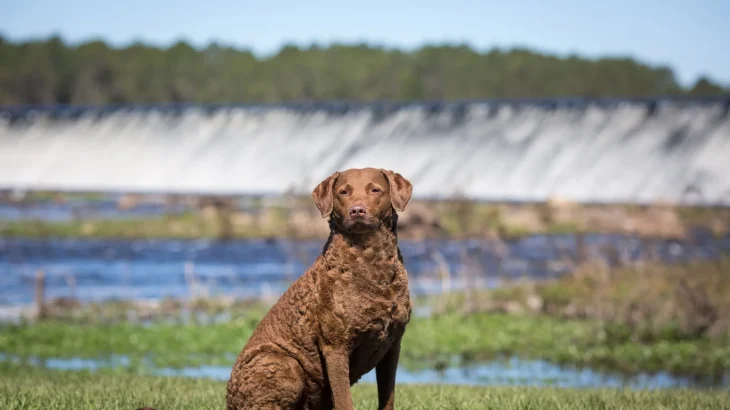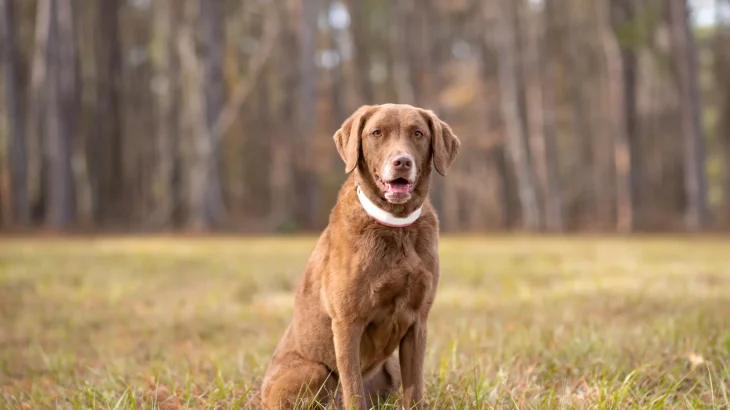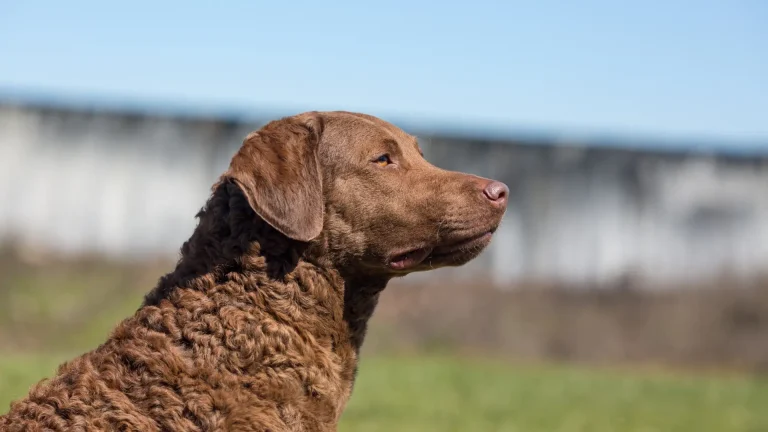When deciding on a Chesapeake Bay Retriever puppy, you might wonder whether to adopt or buy from a breeder. Adoption offers a chance to give a home to a dog in need, often at a lower cost, but with less certainty about the puppy's background. Purchasing from a breeder typically provides detailed health and pedigree information, important for this working breed.
Adoption vs. Breeder: Pros & Cons
| Criteria | Buying from Breeder | Adopting from Shelter/Rescue |
|---|---|---|
| Cost | Generally higher, reflecting breed purity and breeder investment. | Lower adoption fees, often covering vaccinations and spaying/neutering. |
| Health History | Detailed genetic and health screening, important for breed demands. | Health background may be limited or unknown; shelters perform basic checks. |
| Age Availability | Mostly puppies, allowing early training and bonding. | Variety of ages, including adults with known temperaments. |
| Temperament Insight | Breeders provide lineage info highlighting typical traits. | Shelter staff share observed behaviors; full history often unclear. |
| Supporting Practices | Supports responsible breeding focused on breed standards. | Supports animal welfare by giving homes to dogs in need. |
| Breed Purity & Pedigree | Clear documentation ensuring Chesapeake Bay Retriever lineage. | Breed purity uncertain; mixes or unregistered dogs are common. |


















































